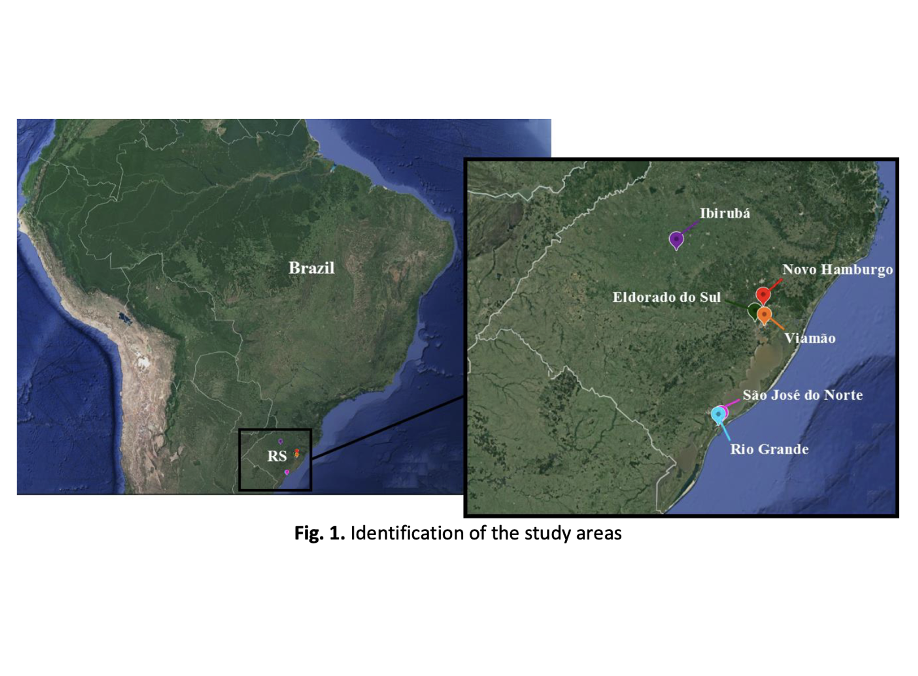Methodology Allying Standard Penetration Test and Era-Interim Data Set for Numerical Simulations of Earth-Air Heat Exchangers
Keywords:
Earth-air heat exchanger, renewable energy, finite volume method (fvm), computational modelingAbstract
Earth-Air Heat Exchangers (EAHE) are devices installed on buildings to reduce electrical energy consumption with air conditioner systems. They consist of buried ducts where the air is blown and induces heat exchange with the surrounding soil. Computational modeling plays an important role in the study of EAHE. However, there is no well?defined methodology for the determination of soil characteristics and air and soil surface temperature boundary conditions for performing numerical simulations. Aiming to fill this gap, the main goal here is to develop a consistent and universal methodology to numerically simulate EAHE installations submitted to realistic soil and temperature conditions. It is proposed to combine the Standard Penetration Test (SPT) information and the Era-Interim reanalysis temperature data. In order to validate this methodology, the results obtained by a computational model based on the Finite Volume Method (FVM) were compared with experimental in-situ data reaching a mean error of 0.03 °C, a root mean squared error of 0.93 °C, a mean absolute percentage error of 4.20%, and a Pearson correlation coefficient of 0.98. The validation indicated that the proposed methodology could be adequately adopted for EAHE numerical simulations, allowing a reliable adoption of the soil characteristics assignment from SPT reports and the prescription as boundary conditions of inlet air temperature and soil surface temperature from ERA/Interim data.
Downloads





























